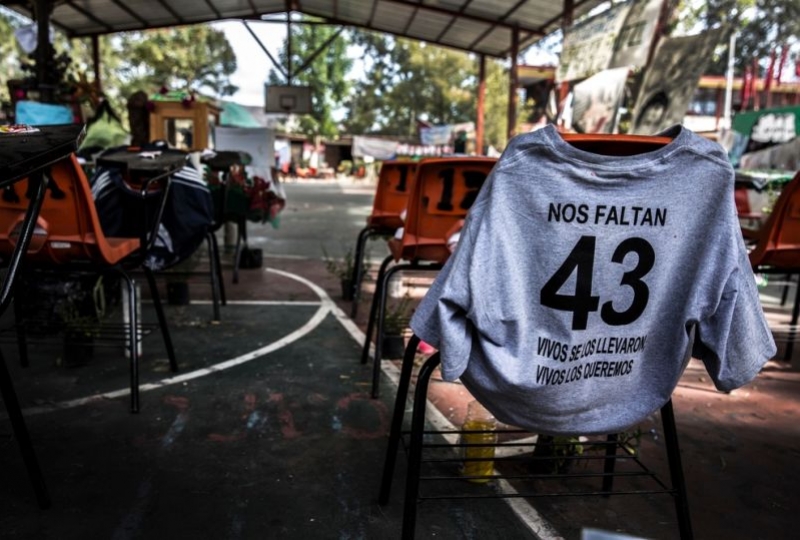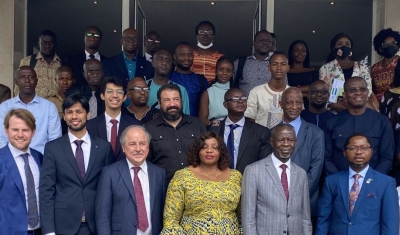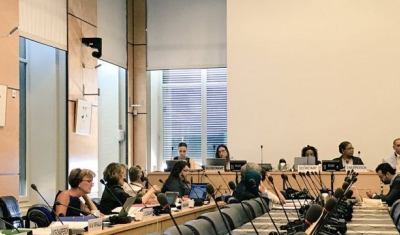Written by the Human Rights Consultant Britta Nicolmann, the paper provides a unique overview of the significant role played by international human rights mechanisms – UN treaty bodies and Charter-based mechanisms – in addressing enforced disappearances in the context of international migration, notably by providing comprehensive guidance to states on their obligations, by highlighting and addressing country-specific contexts and by following up on concrete cases.
The paper also shows that international human rights mechanisms have formulated recommendations with regard to specific groups like disappeared women and girls, disappeared children and children of disappeared parents. They have also recommended measures to include the victim´s relatives in search and investigation processes and to ensure their right to justice and truth. Equally significant, the UN Committee on Enforced Disappearances, the UN Working Group on Enforced or Involuntary Disappearances and other international human rights mechanisms confirm that enforced disappearance constitutes a form of prosecution that falls within the principle of non-refoulement.
Finally, international human rights mechanisms have developed comprehensive and differentiated recommendations and guidelines concerning human rights violations that may increase the risk of enforced disappearance in the context of international migration. These relate to the arbitrary detention of migrants, deportations and expulsion procedures, trafficking and/or smuggling of migrants, discrimination, racial profiling and the lack of centralized databases and statistical data on missing migrants.








